- My Morning Routine: How I Care for my Freshly Woken Skin
- My Evening Routine: Taking Care of My Skin Post-Isotretinoin
- In Short: My Skincare Routine
*My routine in short, with an image at the end of the article*
For a year and a half now, I’ve completed my Isotretinoin treatment. The changes I’ve noticed have been remarkable, both in terms of my hair texture and my skin. Although most of the medication’s side effects have disappeared, my hair and skin still show some lingering effects.
Before, my hair tended to be rather greasy, requiring washing every two days. Today, I can easily stretch it to 4 or 5 days without any issues. As for my skin, it used to fluctuate between sensitivity on the cheeks and an oily T-zone. To learn more about my experience with Isotretinoin, I invite you to check out the articles “My Quest for Perfect Skin with Isotretinoin: An Intimate Journey” and “My Post-Isotretinoin Journey: Assessment at 1 Month, 3 Months, and 1 Year and a Half” to understand the condition of my skin before and after the treatment.
During the treatment, my skincare routine was simple and minimalist: cleansing with a gentle hydrating product followed by a good moisturizer. I didn’t need any external treatment; the medication was working from the inside out! You can discover my routine under Isotretinoin here.
After the treatment, things got a bit more complicated. I had to relearn how to understand my skin and provide it with the appropriate care. Indeed, despite the treatment, I still have some pimples (although fewer than before). To learn more, I encourage you to read the article “My Post-Isotretinoin Journey: Assessment at 1 Month, 3 Months, and 1 Year and a Half“, my post-Isotretinoin assessment.
So I’m still on the lookout for what works for my skin, as I now have to treat it while keeping it hydrated, which isn’t easy with drying anti-acne treatments. Therefore, I’ve divided my routine into two steps to treat my skin without aggressing it.
It’s also important to note that my facial routine includes the neck as well. All products, from moisturizers to anti-acne treatments to sunscreen, are applied down to the neck. Taking care of the neck is crucial too!
My Morning Routine: How I Care for my Freshly Woken Skin

My morning routine remains relatively simple. Before the treatment, I had tried cleansing my skin with a soap both morning and night, which resulted in eczema patches appearing on my cheeks. So, I suppose that after the treatment, it could have been even worse if I had tried to cleanse my face twice a day.
Thus, in the morning, I simply wash my face with water only. I rinse my face two to three times, then gently pat it dry with a tissue or let it air dry.
To minimize sensitizing my skin, I divide the week into two parts and follow a “different” routine. Since I use acids, retinol, etc., my skin inevitably becomes prone to tingling, dry patches, etc., by the end of the week. Taking a break during the week allows my skin to restore its protective barrier.
From Monday to Thursday (included): My Morning Routine with Azelaic Acid
After cleansing my skin with water, I apply azelaic acid. I’ll detail the properties of azelaic acid in a future article, but it acts as an anti-acne agent and a very mild exfoliant that helps unclog pores. It’s also beneficial for rosacea due to its soothing properties for redness. More on azelaic acid in an upcoming article!
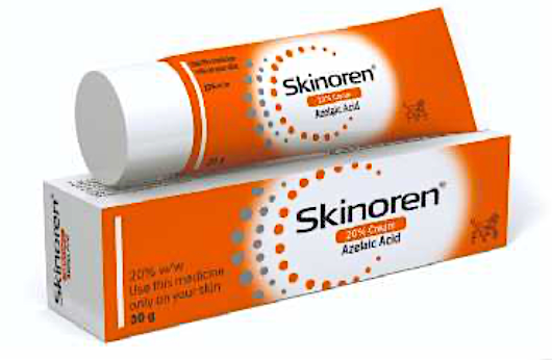
Warning: This is a medication! I’m not promoting it! This is purely for informational purposes. Please consult your doctor for more information about this cream as it is still a medical treatment. Caution for pregnant and breastfeeding women, consult a doctor!
Upon applying this cream, I immediately notice that my skin is more radiant, more even, and remains matte throughout the day.
I use the cream prescribed by my dermatologist, Skinoren 20%. When applying it, it’s important not to “overwork” it on the skin, as it dries quickly. It should be spread as soon as it’s freshly applied to the skin. I can’t say if this applies to all azelaic acid creams, but it’s the case for Skinoren.
After applying Skinoren, I let my skin absorb the cream. The duration depends on my planned activities for the day: if I’m not going out or if I’m not pressed for time, I let it sit for 20 minutes; otherwise, I leave it on for 5 minutes before applying my moisturizer.
The moisturizer I use in the morning is The Inkey List – Peptide Moisturizer. I chose this cream because peptides stimulate the production of collagen, elastin, and hyaluronic acid, which improve skin structure (I’ll talk more about peptides in an upcoming article).

Its lightweight texture spreads easily on the skin and is quickly absorbed. It refreshes my skin upon application, and I immediately feel hydrated. However, I don’t like its scent at all, which is somewhat industrial or plastic-like. Fortunately, the scent fades quickly after application, but it may bother some people.
There are days when I’m in a hurry and skip applying moisturizer in the morning, opting instead to apply sunscreen directly. This works for me depending on my schedule and the time available to let the moisturizer set before applying sunscreen.
My favorite sunscreen is the Eucerin Oil Control 50+. I’ve already mentioned it in the article “My Skincare Routine Under Isotretinoin” and had only good things to say about it! Check it out!

From Friday to Sunday (included): My Simplified Morning Routine
In the morning, my routine boils down to simply cleansing my face with water and applying my moisturizer. Again, if I need to go out, I sometimes skip the moisturizer step and go straight to applying sunscreen (depending on my available time and the opportunity to let my moisturizer set before applying sunscreen).
My Evening Routine: Taking Care of My Skin Post-Isotretinoin
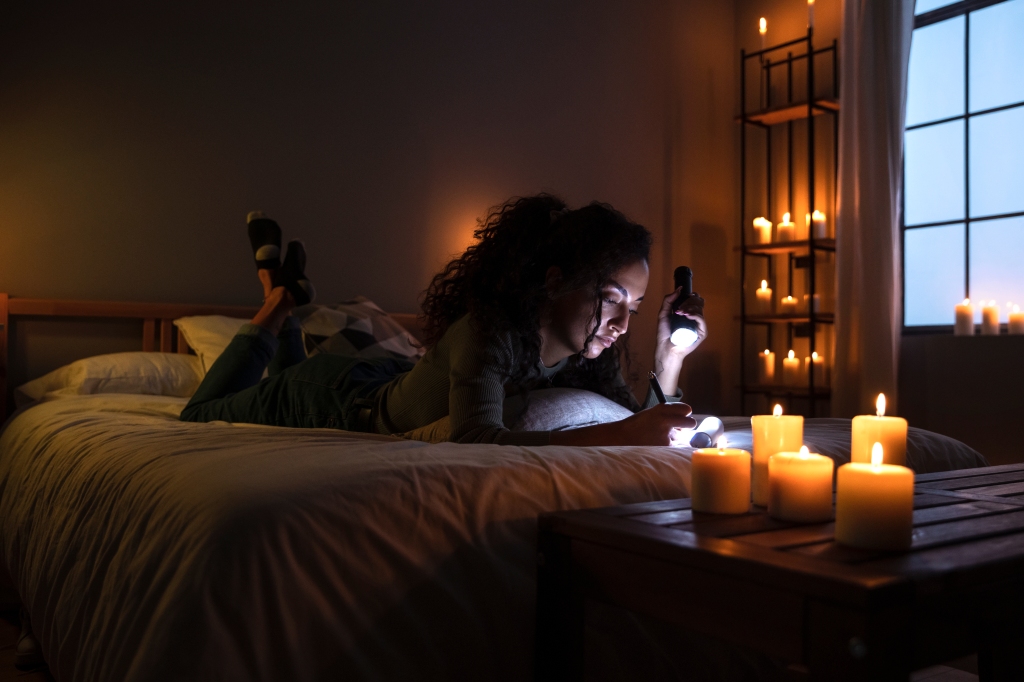
My evening routine also varies. As mentioned earlier, even after Isotretinoin, I still need to adopt the right habits and apply anti-acne products/treatments. I still experience a few breakouts here and there, including cystic acne flare-ups (see more in my post-treatment assessment article here). So it’s crucial for me to care for my skin and incorporate these treatments into my routine.
From Monday to Thursday (included): My Evening Routine
On the days when I wear makeup, as soon as I return home, I begin by removing it with micellar water. My favorite is the one from Bioderma (also detailed in my article “My Skincare Routine Under Isotretinoin“), which is very effective at removing makeup without being harsh on the skin. For waterproof mascara, I use a simple eye makeup remover oil from Hema, which easily removes mascara without much effort. This eye makeup remover contains organic cucumber extract and vitamin E (an antioxidant and natural preservative), is fragrance-free, and effectively removes all types of waterproof eye makeup. This initial step allows for thorough cleansing and prevents leaving makeup on until late at night.
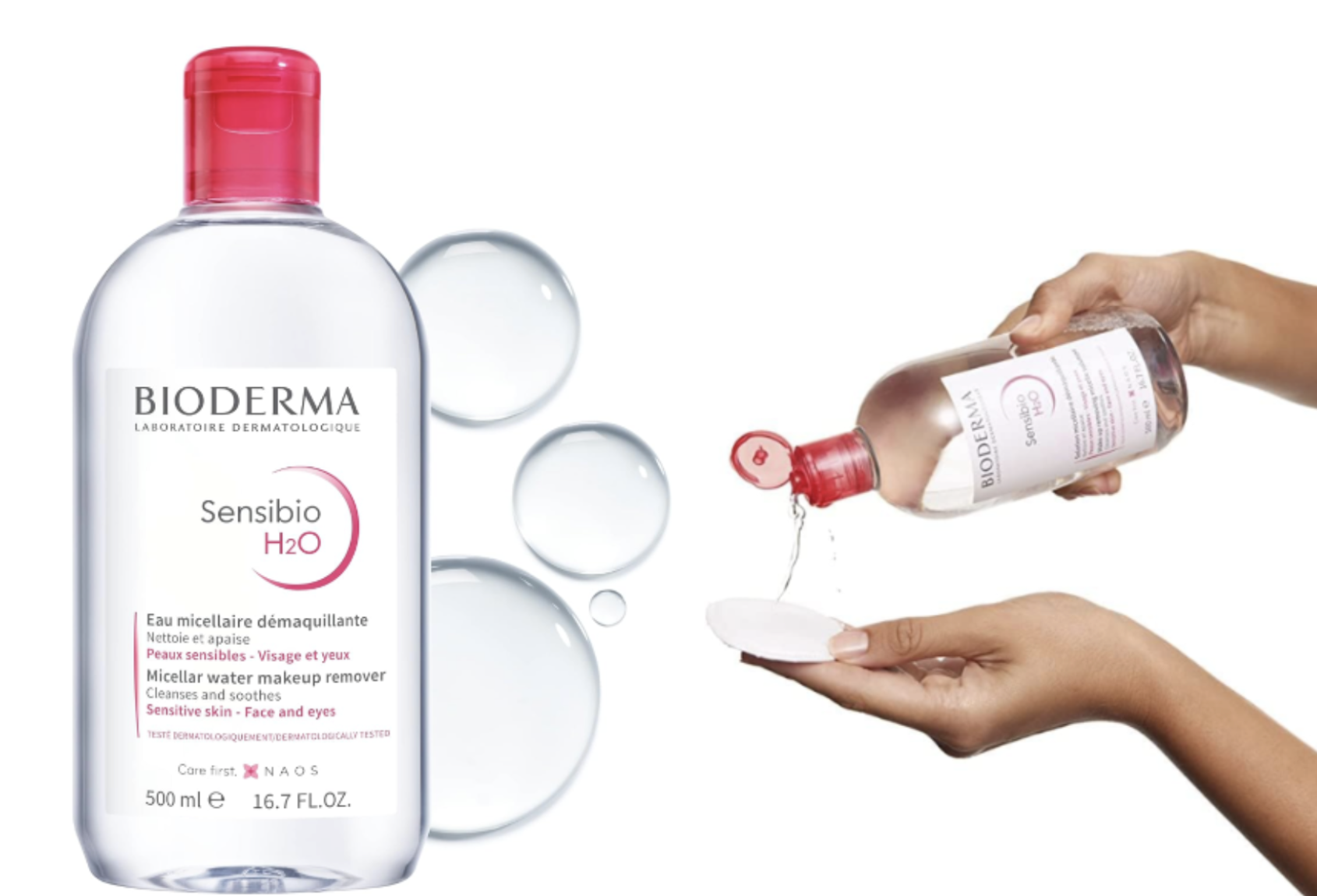

Then, my actual nighttime routine begins before going to bed, after brushing my teeth.
Before moving on to cleansing, I do an initial “cleanse” with oil to dissolve impurities deeply. I use baby oil, usually Nivea. Personally, I don’t see the need to buy a specific makeup remover oil. And it works perfectly fine for me.
For cleansing my face, I’ve opted for a hydrating yet anti-acne soap. During Isotretinoin, I used CERAVE and Effaclar, both of which were very effective in my opinion (more details in my article “My Skincare Routine Under Isotretinoin“). I recently switched to the soothing hydrating cleansing cream from SVR, which also has anti-drying and anti-imperfection properties, containing zinc and niacinamide. Although this cleanser leaves a moisturizing oily film after washing, I appreciate its ingredients. After two months of use, I can confirm that I still prefer Effaclar for its “clean” effect on the skin. Additionally, the texture of SVR is slightly creamier than what I’m used to, but I tolerate this aspect due to its benefits for my skin.

I no longer apply the cleanser as I used to, letting it sit on my skin, because my sister gave me a Niacinamide 10% Copper and Zinc serum from Aroma-zone, which she didn’t really like (due to its texture). Despite its sticky texture, this serum is applied before my moisturizer and left on for 10 minutes, allowing my skin to absorb it. The serum’s scent can be described as slightly similar to yogurt, but it fades quickly. Since the serum and cleanser share similar ingredients, there’s no need to let the cleanser sit on the skin anymore.

Immediately after the serum (5-10 minutes after), I apply my moisturizing balm. Having used Cerave balm for years (the one in the pot that I liked a lot, see my article “My Skincare Routine Under Isotretinoin“), I recently opted for Bioderma’s Atoderm Intensive Ultra-Soothing Balm for very dry, irritated, and atopic sensitive skin. The texture of Bioderma is more liquid than Cerave and leaves a greasy film on the skin even after letting the cream sit, which was not the case with Cerave Balm (directly absorbed by the skin without leaving a greasy film(at least very light)). However, it remains effective and moisturizes very well. Although it’s labeled as unscented, personally, I find that it has one. And although it may be more or less strong upon application, it gradually fades.
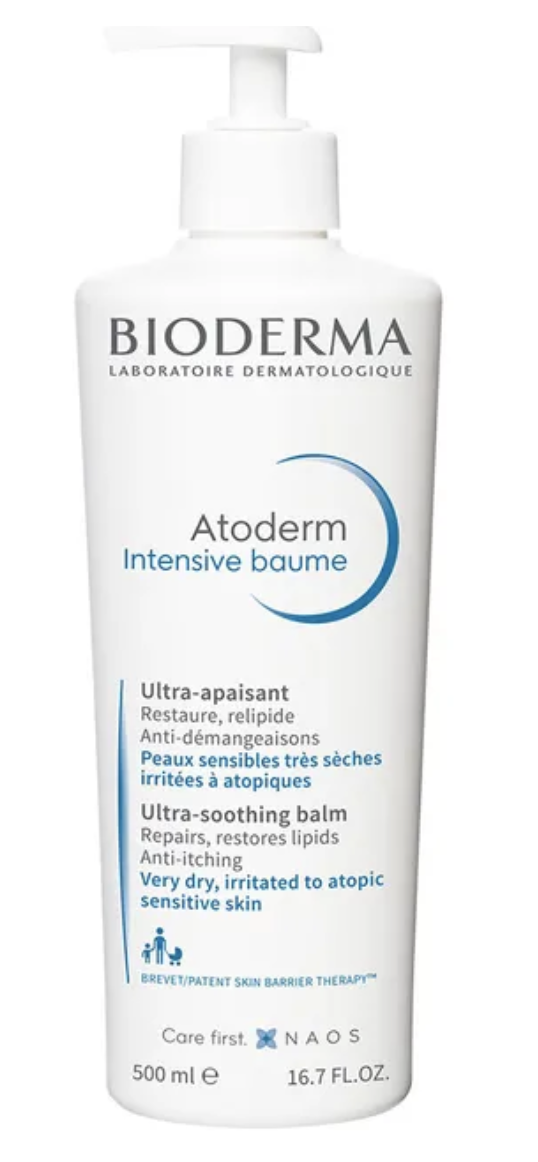
After allowing my moisturizer to sit for half an hour, I move on to applying the tretinoin prescribed by my dermatologist, Effederm 0.05%. I leave the tretinoin on for 30 minutes to 1 hour before going to bed. As i apply it after my moisturizer, my face is dry but never apply tretinoin/retinal/retinol with a wet face (it increases irritation)! Let your face dry! Currently, I’m dealing with a stock shortage, likely due to European regulations on tretinoin/retinol. So, I am looking for an alternative for when my current tube runs out.
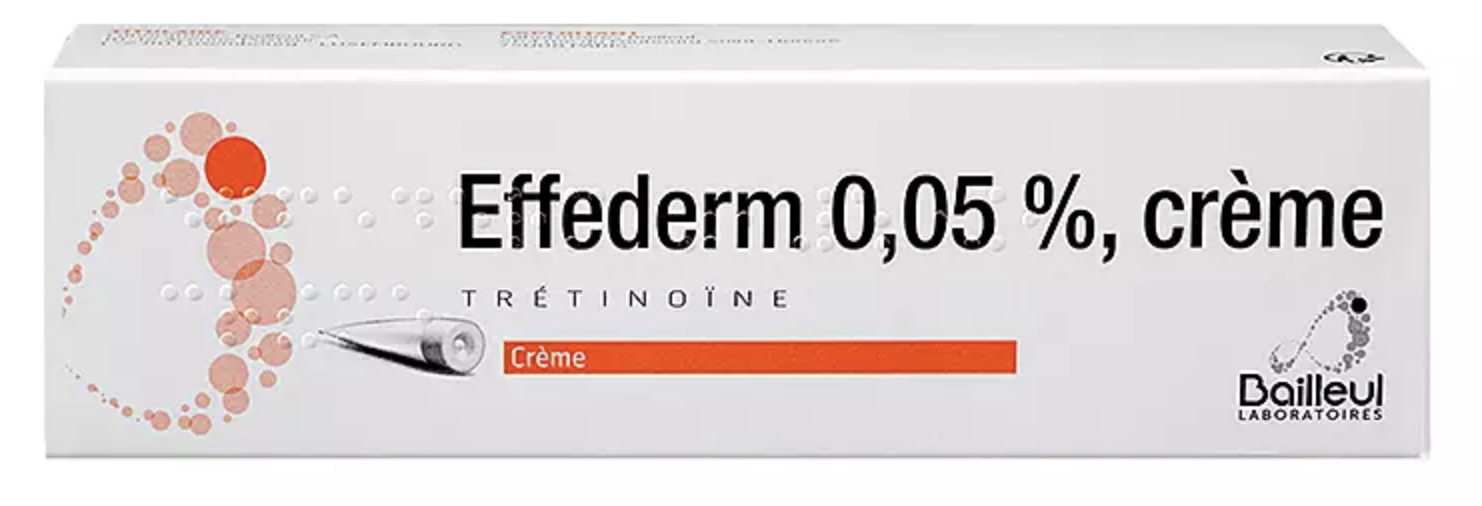
Warning: This is a medication! I am not promoting it! This is purely for informational purposes. Please consult your doctor for more information about this cream as it is a medical treatment. Not suitable for pregnant or breastfeeding women! (Update: Medication currently out of stock)
Curious to dive deeper into retinoids?
Get my 32-page beginner-friendly retinoid guide for free when you subscribe [here], or grab it anytime on Gumroad for just €4.90 [here]!
I only use little amount of product, as tretinoin/retinal/retinol is very irritating for your skin. Do not put a lot! Doctors recommend a pea/pearl size amount to put on the face.
Tips: After applying Effederm to my face, I use any remaining cream on my hands to gently apply under the eye area.
For my neck, I use The Inkey List’s 1% retinol serum, which is less irritating than tretinoin and perfect for areas with thin and delicate skin. This serum has a very light texture, yellowish color, and a typical serum scent (I don’t really have the words to describe the smell, but it’s what you’d expect from a serum).
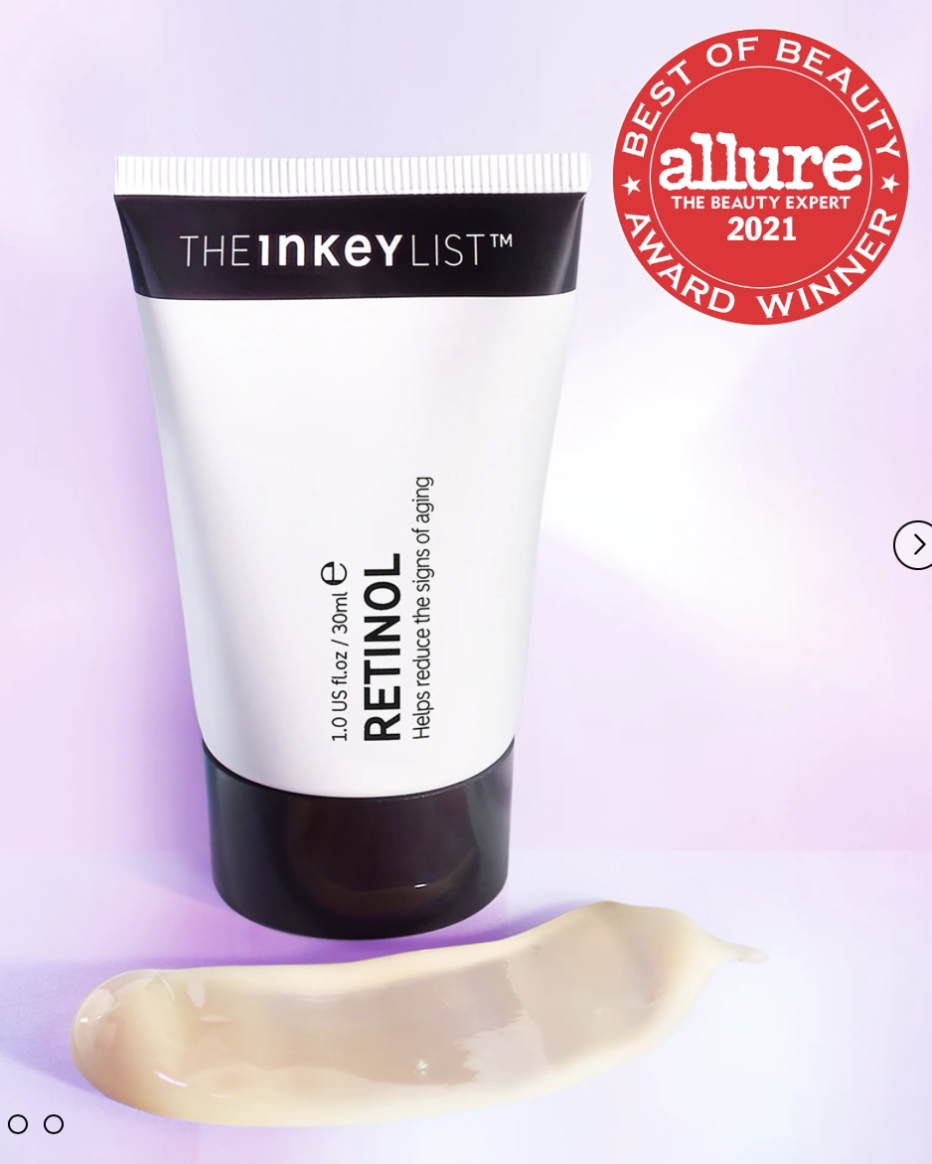
I had started using Effederm 0.05% on my neck, but I quickly stopped. My neck began to develop dry patches (eczema), so I opted for retinol, which is much less irritating than tretinoin (which is a medication and therefore stronger than retinol). The serum from The Inkey List has never irritated my skin, and I could even apply it throughout the week without any issues. They really deliver on their promise in this regard (designed to not irritate or significantly reduce irritation to the skin).
From Friday to Sunday (included): My Skin Repair Routine
These are the days when I let my skin “repair” itself by hydrating it to the maximum. After Thursday, I sometimes feel tingling (a burning sensation) when applying my moisturizer in the evening. By Thursday, I sense that all these topical treatments weaken my skin. However, I’ve noticed that these tingling sensations are less intense since I started using the Bioderma balm (I will provide more details in an upcoming comparison with Cerave).
That’s why I prefer to skip all these topical anti-acne treatments from Friday to Sunday and focus solely on hydration, while still trying to incorporate an anti-acne product to maintain the treatment action. I opted for Neutrogena’s Anti-Blemish + Gel Facial Cleanser with salicylic acid and 4% AHA and PHA (2% AHA; 2% PHA).

This Neutrogena facial cleanser has been a wonderful discovery for me. After watching a YouTube video by Dr. Dray, an American dermatologist, highly recommending their anti-acne product line, I decided to give it a try. The cleanser contains 2% salicylic acid (BHA), a purifying agent known for combating acne, 2% glycolic acid (AHA), a micro-exfoliant that helps fade post-acne pigmentation marks, and 2% gluconolactone (PHA), a restructuring agent that refines the skin texture.
I let the cleanser sit on my skin for 3 to 5 minutes to allow it to work before rinsing my face. Then, I apply my Bioderma hydrating balm, and my end-of-the-week routine is complete!
Attention: Do not apply to the eye area! It caused irritation for me.
In Short: My Skincare Routine

After several months of diligently following this skincare routine, I’m delighted to report that I haven’t had a single large cystic pimple. Of course, a few small pimples still pop up from time to time, but in much smaller quantities. I’m quite satisfied with the results so far. While I could add a few more products, I prefer not to further stress my skin.
Adapting this new skincare routine to my skin type has been quite a significant challenge. I’ve had to experiment with different combinations of products to find the one that suits me best. The most difficult part of this journey has been accepting the fact that pimples can still occur, even after undergoing such a rigorous treatment as Isotretinoin. I sincerely believed I was done with acne, but I still have to deal with it today.
Despite this, I’m happy to see a marked improvement in the condition and texture of my skin, including the disappearance of rosacea. Although a few pimples may still reappear at times, my skin looks clearer.
I wanted to share my experience with Isotretinoin treatment through my articles, covering the different phases: before, during, and after the treatment, while sharing my feelings, fears, experienced effects, the process, and my routine. Each person approaches medication treatment differently. My dermatologist explained that some take this treatment lightly while others take it more seriously.
For my part and as an anxious person, I belong to the latter category, and by detailing my experience as much as possible, I hope to have provided content that can help you, allow you to identify with it, or simply inform you about this medication and everything surrounding it.
Feel free to share your own testimonials, questions, or concerns in the comments. I would be delighted to discuss them with you!
Stay tuned for a new article coming soon!
See you soon, Beautifully Moi!



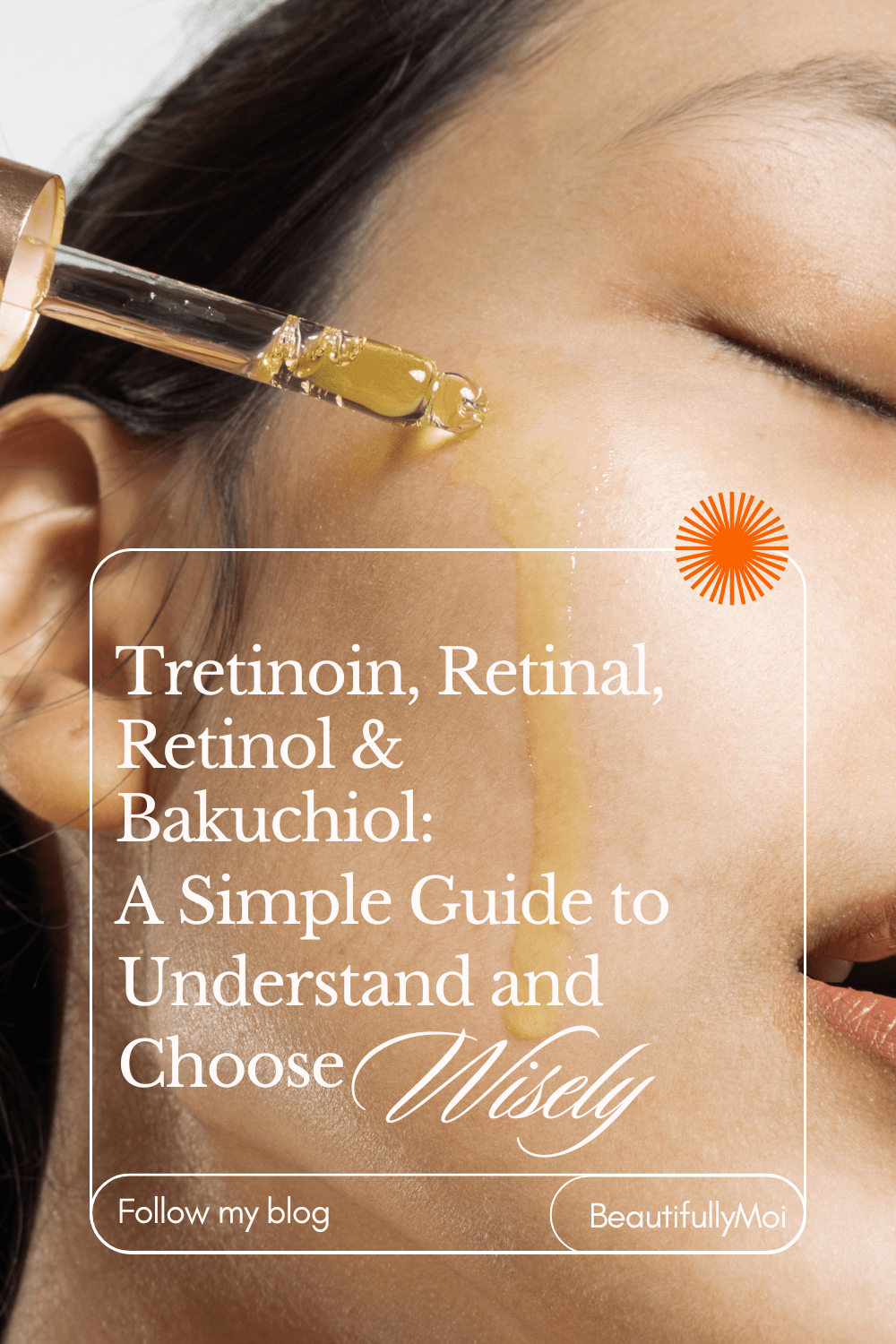
[…] (Update 30/03/2024: I cancelled my appointment because I’ve been seeing good results with my new skincare routine, you can check it here) […]
LikeLike
[…] I mentioned in my previous article (you can read here), I’ve been incorporating retinoids into my skincare routine since completing my acne […]
LikeLike
[…] to see the benefits only now. You can check my recent and post-isotretinoin full skincare routine here […]
LikeLike
[…] See my full skincare routine in more details (with the product I currently use) in my previous article, here! […]
LikeLike
[…] English version here […]
LikeLike
[…] You can find my full skincare routine including the products I use and recommend in the following articles: “A Minimalist’s Skincare Routine” or “My Skincare Routine After Isotretinoin: How I Care for My Skin Post-Treatment” […]
LikeLike
[…] though my skin is slowly recovering, I still haven’t found the motivation to jump back into my usual routine. Three main […]
LikeLike